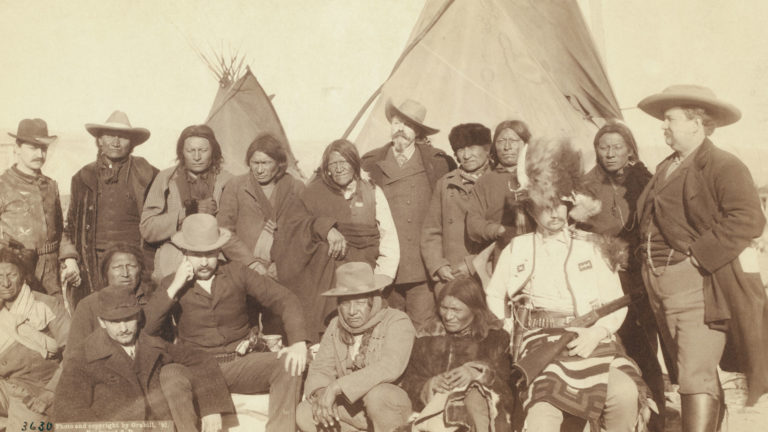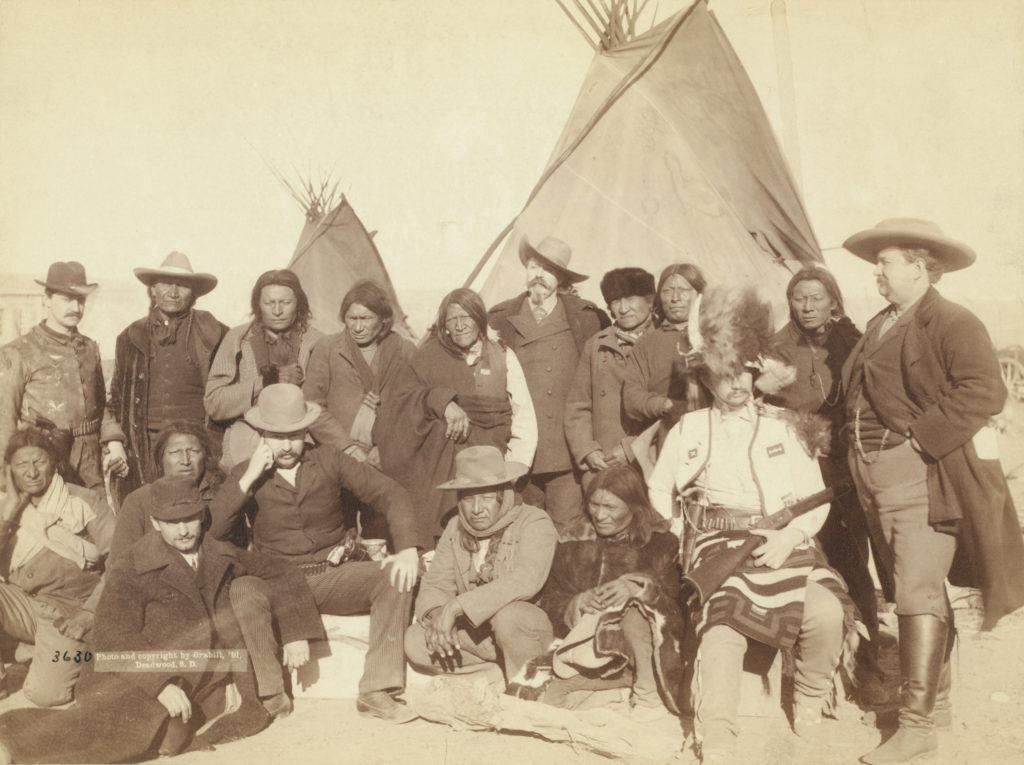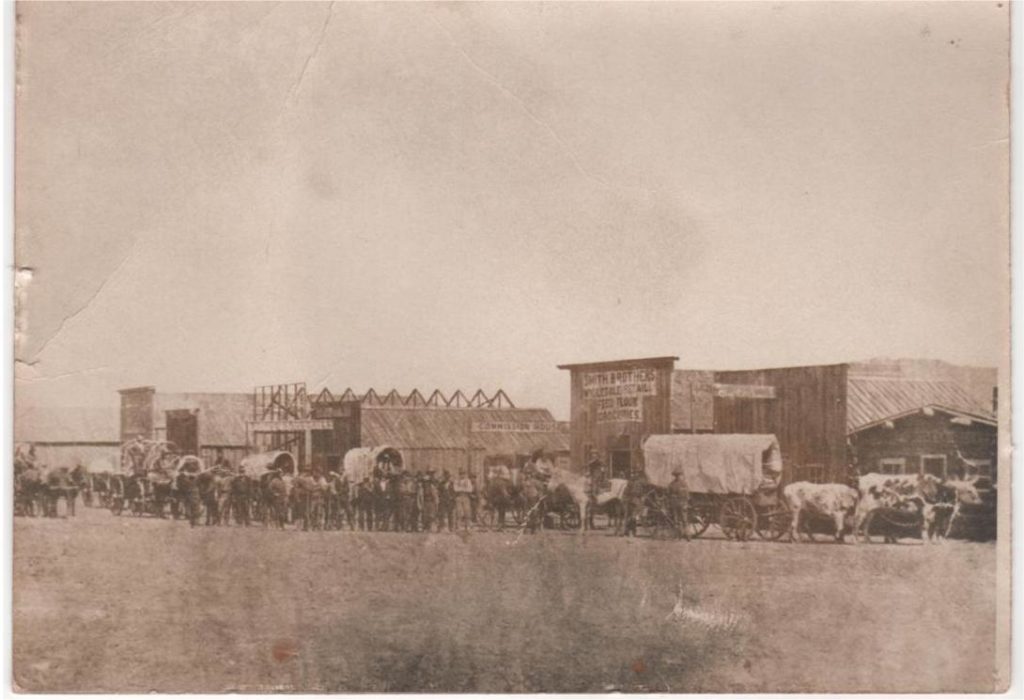Another group saw the Black Mountains from afar in 1811. A trading group led by Wilson Hunt passed to the north in an attempt to find an overland Northwest Passage to the Pacific Ocean. Looking for a trade route, they were apparently not interested in exploration.
The first American group to document a visit to the Black Hills was the Jedediah Smith Expedition of 1823. Smith and his party stayed in the Hills for a period of time, partially due to the recuperation of Smith after being mauled by a bear. Their journal noted that the Hills was not a good area for fur trapping; trappers then came to generally discount the region and move on to more lucrative fur trapping and trading areas of the West.
One possible visit by would-be prospectors to the Northern Hills is still debated. Seven men had come to the Hills in 1833 in the pursuit of gold. All perished at the hands of the Indians according to a carved stone discovered at the base of Lookout Mountain near Spearfish in 1887 by Louis Thoen:
“Came to these hills in 1833 seven of us all died but me Ezra Kind.
DeLacompt
Ezra Kind
G.W. Wood
T. Brown
R. Kent
Wm. King
Indian Crow
killed by Indians beyond the high hill got our gold June 1834″
The reverse side read: “Got all of the gold we could carry our ponys all got
by Indians I have lost my gun and nothing to eat and Indians hunting me.”
Though historian Frank Thomson spent years researching the authenticity of the Thoen Stone, it is still not entirely clear if the carving is authentic, or a clever fake perpetrated by Thoen in the 1880s (the original stone is now located in the Adams Museum in Deadwood, South Dakota).
By 1855, the great overland trails leading west to California and Oregon had been hosting settlers from the east for over a decade, and relations between the tribes and the advancing settlers were in a constant state of unrest. General William Harney was given command of a survey detachment at Fort Laramie, Wyoming, and ordered to head northeastward toward the Black Hills and on to Fort Pierre. By this time, the area had been given to the tribes of the Lakota as part of the terms of the Fort Laramie Treaty of 1851, and later as a part of the 1868 Fort Laramie Treaty (for more information on these treaties see the Web articles on Lakota history). Tensions ran high between the Lakota and the US government at the time, too, and the party was forced to briefly skirt the southeastern corner of the region.
Thus, what little information existed about the Black Hills was primarily based on rumors and secondhand accounts of the area until 1857 when an official survey expedition was sent to the vicinity by the United States government.
G. K. Warren, a former member of the Harney Party, intrigued by the Black Hills during his brief brush with them, convinced the government to let him lead a scientific party in 1857. His efforts to map and document the region were hindered by several bands of Lakota Sioux, but one thing did come through in his expedition report; a good location for a fort would be in the vicinity of Bear Butte.
The 1859 Raynolds Expedition may have been the hastiest in leaving the Hills. Several soldiers under Raynold’s command found gold in Beaver Creek on the northern slope of the Hills. Sensing a possible mutiny of his troops, Raynolds headed into the Powder River country to separate his men from the gold. His was the last of the US government’s exploration until the Custer Expedition of 1874.
Over 200 violent skirmishes occurred between various Indian tribes and the US military in the west between 1869 and 1876. Defeat of Indians seemed inevitable, though the Lakota Sioux resistance in the Black Hills region was remarkably and rightfully determined to hold on to these lands.
The non-Indian population of the Black Hills swelled in the late 1870s and 1880s. Treaties and land cessesions between the Lakota and the United States brought new towns (see our individual community links) mining, railroads, and ranching to the Black Hills region. Cattlemen began to move their range herds onto the surrounding plains. Ranching was a risky and spirited way of life, but the determination of the homesteaders eventually challenged the cattlemens’ dominance, and there was a good deal of resentment between the two groups.




